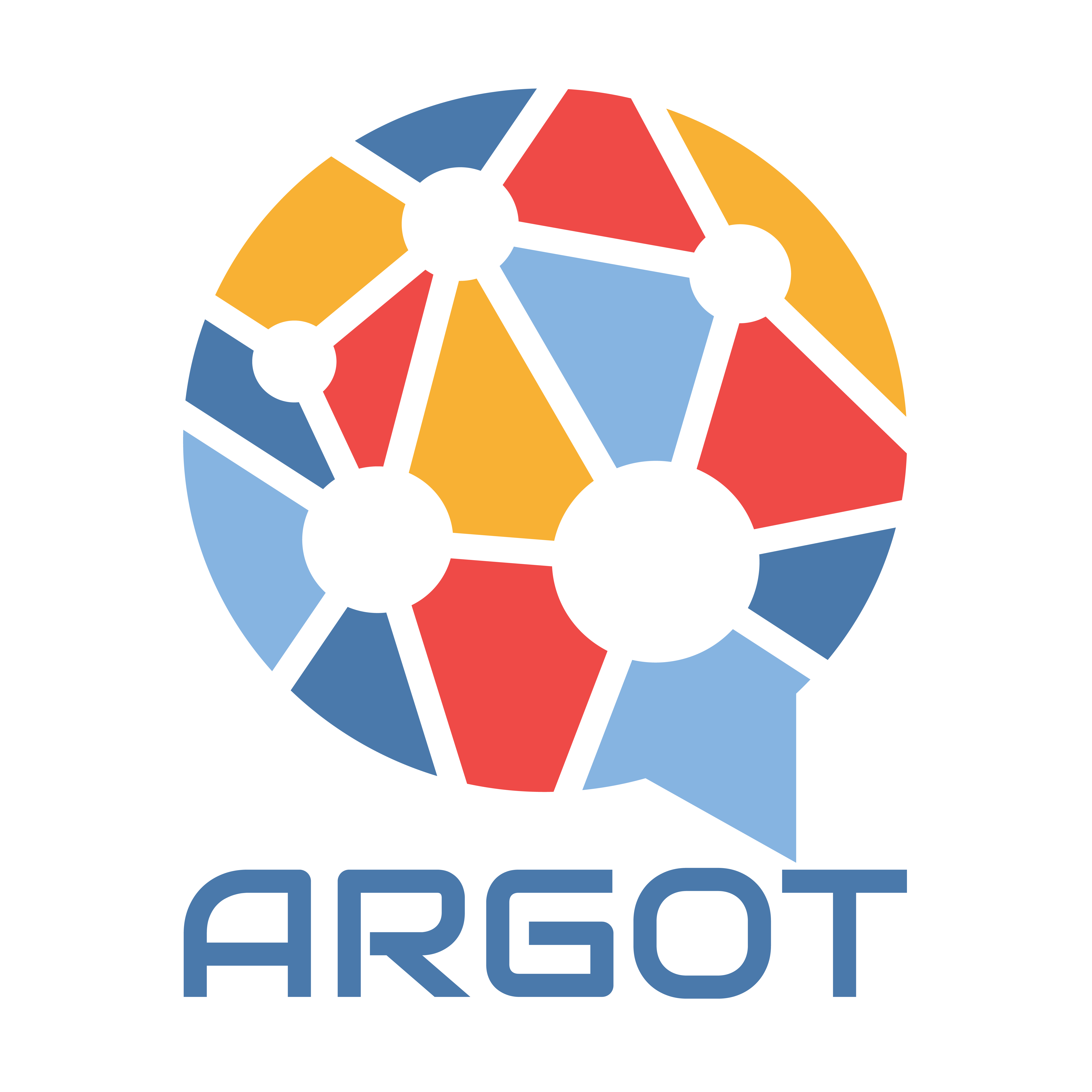Complaints
Complaints Language Training
Train staff to handle enquiries and complaints in any language
– Welcome customers
– Handle enquiries about products and solutions
– Give information and guide customers online
– Manage returns, complaints
– Defuse emotional dialogs
– Build empathy with customers

Understanding Complaints in Multilingual Business
In many global business, common complaints in multilingual businesses can revolve around issues related to language barriers, miscommunication, and cultural misunderstandings.
Some common complaints may include:
Language Barriers
Customers may complain about difficulties in communicating due to language barriers, such as being unable to understand or be understood by customer-facing staff who do not speak their native language.
Miscommunication
Customers may complain about misunderstandings or misinterpretations that can arise due to language differences, leading to incorrect information, confusion, or frustration.
Cultural Misunderstandings
Customers may complain about experiences where their cultural norms, customs, or preferences were not understood or respected by customer-facing staff, resulting in discomfort, offense, or dissatisfaction.
To help business executives and customer-facing staff overcome these complaints, training programs can be designed with the following strategies:
Language Training
Providing language training programs to customer-facing staff can help them develop basic language skills in commonly spoken languages in their business setting. This can include training in conversational phrases, vocabulary, and pronunciation, as well as language-specific etiquette and cultural norms.
Communication Skills Training
Offering communication skills training can help customer-facing staff develop effective communication techniques, such as active listening, clarifying, and paraphrasing, to ensure clear and accurate communication with customers, even in the presence of language barriers.
Cultural Sensitivity Training
Conducting cultural sensitivity training can raise awareness among customer-facing staff about diverse cultural norms, practices, and preferences, helping them better understand and adapt to the needs of customers from different cultural backgrounds. This can include training on topics such as body language, greetings, and taboos, as well as cross-cultural communication strategies.
Role-play and Simulations
Incorporating role-plays and simulations in training programs can allow customer-facing staff to practice their language and communication skills in realistic scenarios, helping them build confidence and competence in handling multilingual interactions. This can include simulated customer interactions with different language proficiency levels and cultural backgrounds.
Resources and Tools
Providing resources and tools such as multilingual signage, visual aids, translation apps, or language reference materials can assist customer-facing staff in overcoming language barriers and enhancing communication with customers.
Continuous Feedback and Improvement
Implementing a system for continuous feedback and improvement can help identify and address any ongoing challenges or issues related to language barriers, miscommunication, or cultural misunderstandings. Regular feedback sessions, performance evaluations, and training updates can be conducted to ensure that customer-facing staff are continually improving their language and communication skills.
Addressing language barriers, miscommunication, and cultural misunderstandings through targeted training programs can help business executives and customer-facing staff overcome common complaints in a multilingual setting.
By equipping staff with language skills, communication techniques, cultural sensitivity, and appropriate resources, businesses can enhance customer satisfaction, improve customer experiences, and build better relationships with customers from diverse linguistic backgrounds.
For more information on Argot Language Training, say hello!
hello@argot.ai
Send Us a Message
Info
Contact Us
Email Address
Location
70 Queens Road Central
Central
Hong Kong


Recent Comments